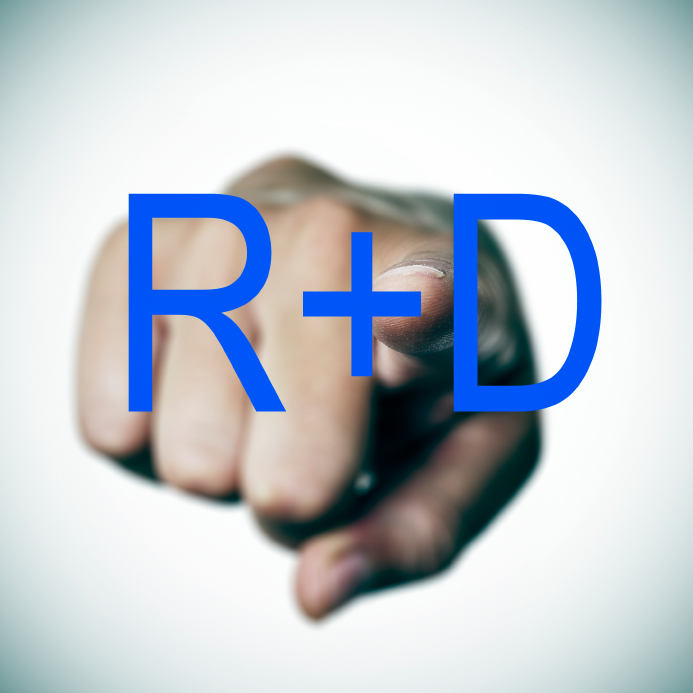 Proposed Treasury Regulations issued on September 5, 2013 provide that if expenditures qualify as research or experimentation expenditures, it is irrelevant whether a resulting product is ultimately sold or used in the taxpayer’s trade or business.
Proposed Treasury Regulations issued on September 5, 2013 provide that if expenditures qualify as research or experimentation expenditures, it is irrelevant whether a resulting product is ultimately sold or used in the taxpayer’s trade or business.
As a synopsis, I.R.C. § 174 allows taxpayers to elect to take a current deduction for research and experimentation expenditures in the tax year they are paid or incurred or to defer certain research and experimentation expenditures and amortize them. Since its enactment in 1954, I.R.C. § 174(c) has provided that I.R.C. § 174 does not apply to any expenditure for the acquisition or improvement of land, or for the acquisition or improvement of property to be used in connection with the research or experimentation and of a character that is subject to depreciation or depletion. In 1957, the IRS (hereinafter the “Service”) issued Treas. Reg. § 174-2(b)(1) and (b)(4) to implement this rule. This is referred to as the “Depreciable Property Rule”.
Tax professionals have long debated on whether the sale of a product resulting from otherwise qualifying research or experimentation expenditures should subsequently disqualify those expenditures from I.R.C. § 174 treatment. The Service had previously taken the position that I.R.C. § 174(c) precluded I.R.C. § 174 treatment in the case of a subsequent sale of a Read More























Recent Comments